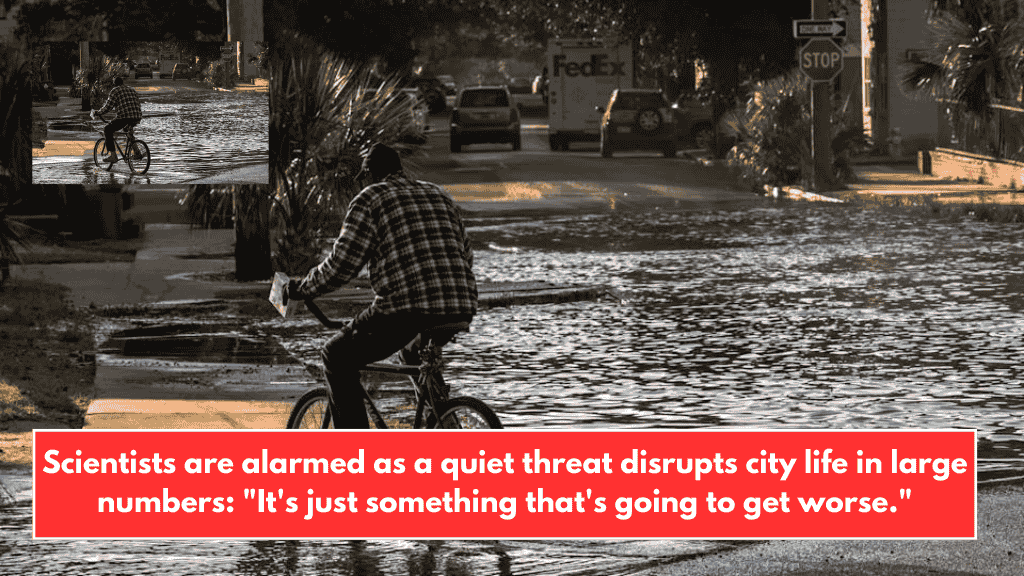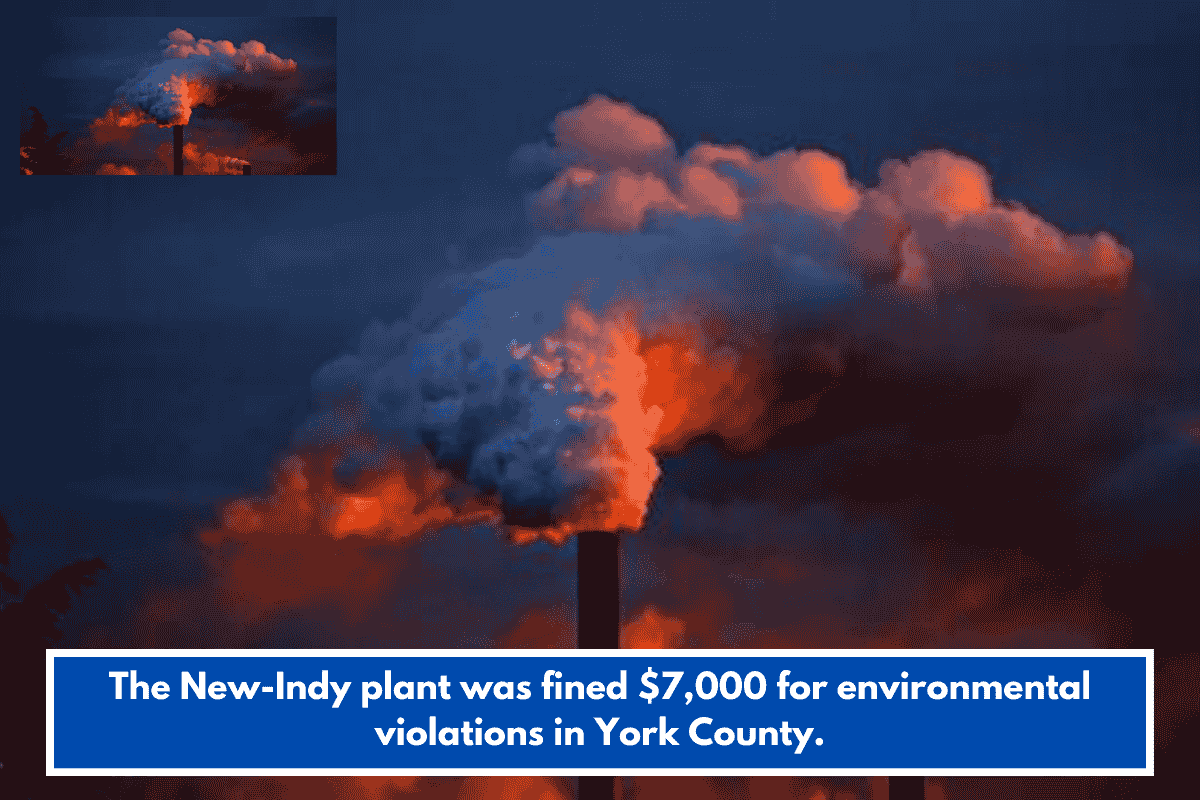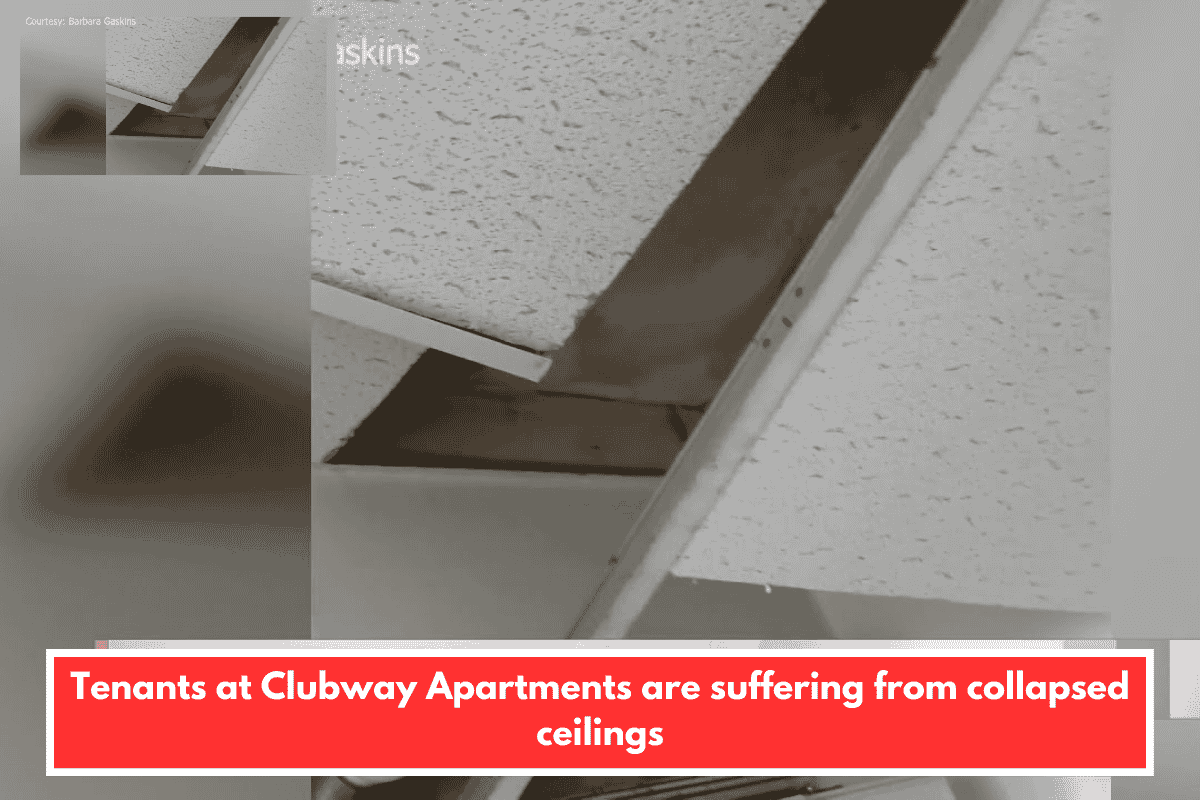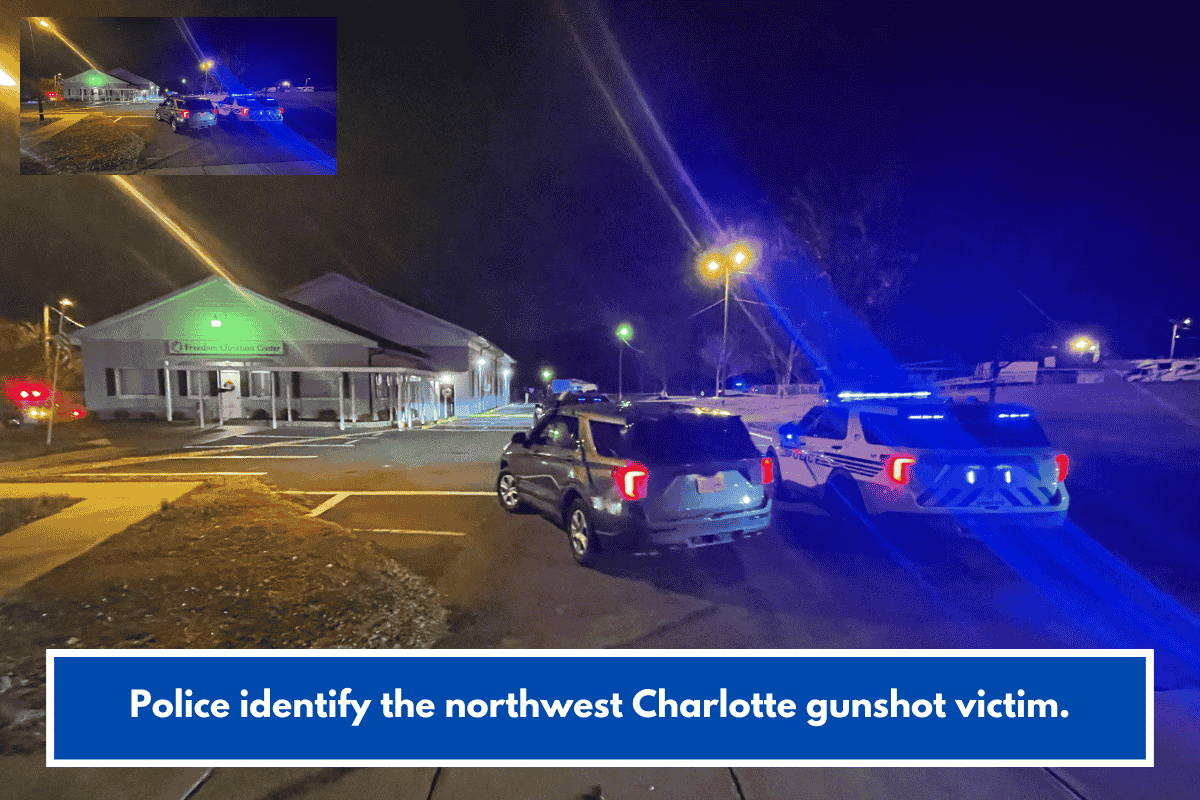Charleston, South Carolina, is a city deeply connected to water. Surrounded by marshes, creeks, and coastal waterways, it’s no surprise that water plays a major role in daily life here. But now, as sea levels rise, the city is facing more frequent and severe flooding, becoming a warning sign of what’s to come for coastal areas everywhere.
What’s Happening in Charleston?
What used to be occasional flooding is now becoming a regular problem. Streets, homes, and businesses in Charleston are being flooded more often, causing disruption and damage. In late April, Charleston County was once again placed under a coastal flooding advisory, according to a report by ABC News 4.
Blair Holloway, a forecaster with the National Weather Service, said,
“We already deal with flooding quite often, and it’s only going to become more of a problem in the future.”
Recent data shows that coastal flood events in South Carolina have increased by more than 580% since 2015, based on a study shared by Lending Tree. Out of 52 tides recorded above eight feet since the late 1800s, almost three-fourths happened in the last 10 years alone.
Why Is This Flooding a Big Concern?
At first glance, this may seem like just another weather issue, but it’s directly linked to climate change. The burning of fossil fuels like coal, oil, and gas releases pollution that traps heat in the atmosphere. This extra heat causes glaciers to melt and ocean water to expand, leading to rising sea levels.
For cities like Charleston, this means flooding is happening more often and more severely. And the damage isn’t small—homes get damaged, foundations weaken, and insurance costs rise. Over time, this affects people emotionally and financially.
Scientists agree that human-driven climate change is making extreme weather events stronger and more frequent.
What’s Being Done to Fight the Flooding?
Thankfully, steps are being taken to protect Charleston and its residents. Here’s how people and officials are responding:
At the homeowner level:
Residents are raising their HVAC units, installing flood vents, and buying flood insurance to protect their property.
At the city level:
Officials are improving drainage systems, updating building codes, and planning ahead for future climate challenges.
Going green:
Many homeowners are switching to clean energy, such as solar power, with the help of tools like EnergySage, which helps reduce pollution and lower electricity costs.
Using nature as protection:
Natural areas like wetlands and native plants act like sponges, soaking up water before it floods roads and homes. As a result, more people are choosing greener yards and flood-friendly landscaping.
Community efforts:
Charleston is seeing more green infrastructure projects and home elevation programs, helping the community bounce back faster after floods and stay safer in the long run.
Charleston is facing the real effects of climate change with rising tides and routine flooding. But through a mix of smart planning, green solutions, and community action, the city is taking steps to adapt and protect itself. As sea levels continue to rise, what Charleston is doing today could serve as a model for other coastal cities tomorrow.









